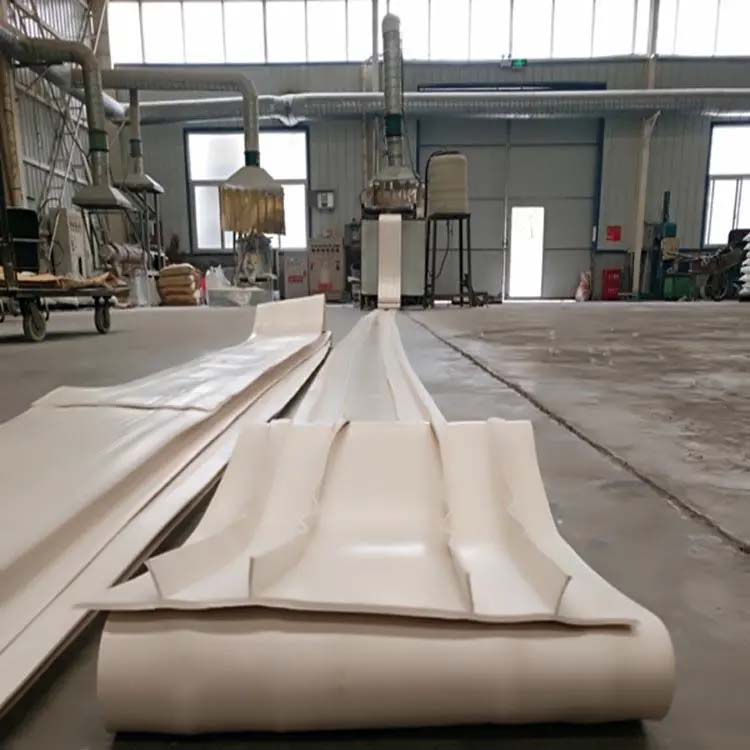Understanding the Importance of HDPE Water Stop in Construction Projects
In construction projects, ensuring the integrity and longevity of the structure is crucial. A key element in this process is the use of high-density polyethylene (HDPE) waterstops. These small but powerful elements play an important role in preventing water seepage and ensuring the overall durability of the concrete structure.
HDPE waterstops are designed to provide a watertight seal on building joints, expansion joints, and other vulnerable areas where water ingress could compromise structural integrity. They are commonly used in a variety of construction projects that require waterproofing, such as basements, water treatment plants, tunnels, and reservoirs.
One of the primary benefits of HDPE water stop is its superior resistance to chemical and environmental degradation. This makes them ideal for use in harsh and demanding conditions where exposure to water, chemicals and other corrosive elements is a constant threat. Their durability ensures long-term performance, reducing the need for frequent maintenance and repairs.
In addition to being resistant to degradation, HDPE waterstops are highly flexible, allowing them to accommodate movement and settlement within concrete structures. This flexibility is critical to preventing cracks and leaks because it allows the waterstop to adapt to changing conditions without affecting its effectiveness.
Additionally, HDPE water stop installation is relatively simple and cost-effective. They are lightweight and easy to handle, making them easy for construction workers to install, saving time and labor costs. This ease of installation also contributes to the overall efficiency of the construction process.
In terms of sustainability, HDPE waterstops are an environmentally friendly choice. Their long life and resistance to degradation means they help extend the life of the structure they are installed on, reducing the need for frequent replacement and minimizing waste.
It should be noted that the selection and installation of HDPE waterstops should be carried out by experienced professionals to ensure their normal operation. Proper installation techniques, including welding and seam integrity, are critical to maximizing waterstop effectiveness.
In short, HDPE water stops are an important part of construction projects and play a vital role in preventing water intrusion and ensuring the durability of concrete structures. Their resistance to degradation, flexibility, ease of installation and sustainability make them a valuable asset to the construction industry. By incorporating HDPE waterstops into construction plans, builders can increase the longevity and performance of their structures, ultimately achieving a safer, more reliable infrastructure.
